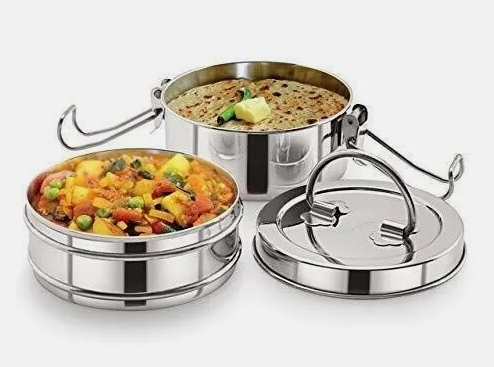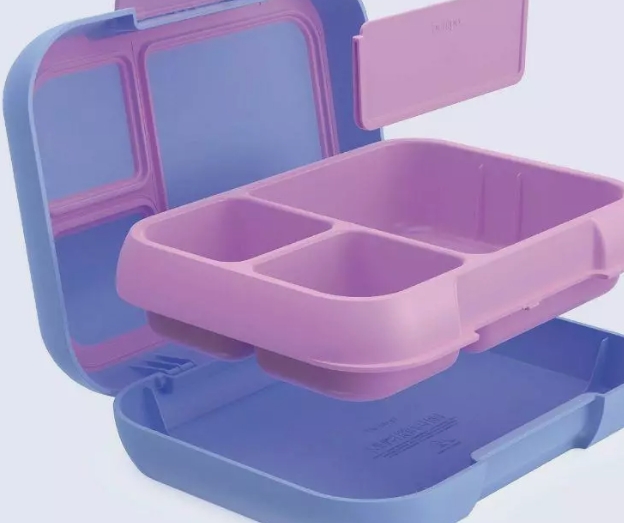The lunch box, which is an artifact of the meal, originated in China and has a history of thousands of years. The original lunch boxes were made of natural materials such as bamboo and wood, which were mainly used to facilitate the carrying and preservation of meals, and gradually evolved into various forms, becoming important items in People's Daily life.
The design of modern lunch boxes pays more attention to functionality and aesthetics. There are stainless steel, aluminum alloy, plastic and other materials of the lunch box on the market to meet the needs of different users. They can not only effectively isolate the temperature of food, but also have good sealing performance to ensure the freshness and safety of food. In addition, many lunch boxes are also equipped with compartments to hold a variety of foods at the same time, making meals more enriching.
With the increase of people's health awareness, more and more people choose to bring their own lunch, and the lunch box has become an important tool for healthy eating. Today, the rise of eco-friendly lunch boxes also reflects people's concern for sustainable lifestyles, and many people are turning to reusable, easy-to-clean lunch boxes and reducing the use of single-use plastic.
In short, the lunch box is not only a practical tableware, but also a reflection of a lifestyle, which continues to evolve with the change of our eating habits and become an indispensable partner in modern life.




